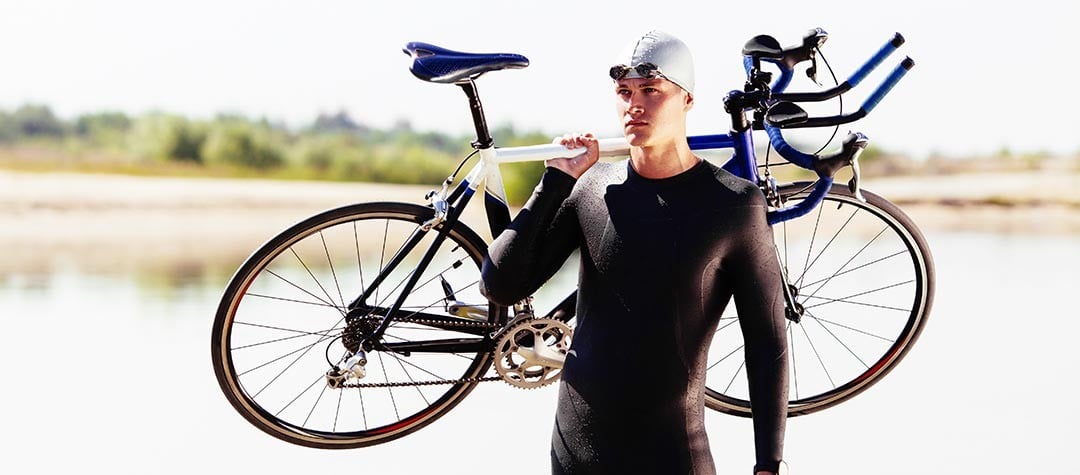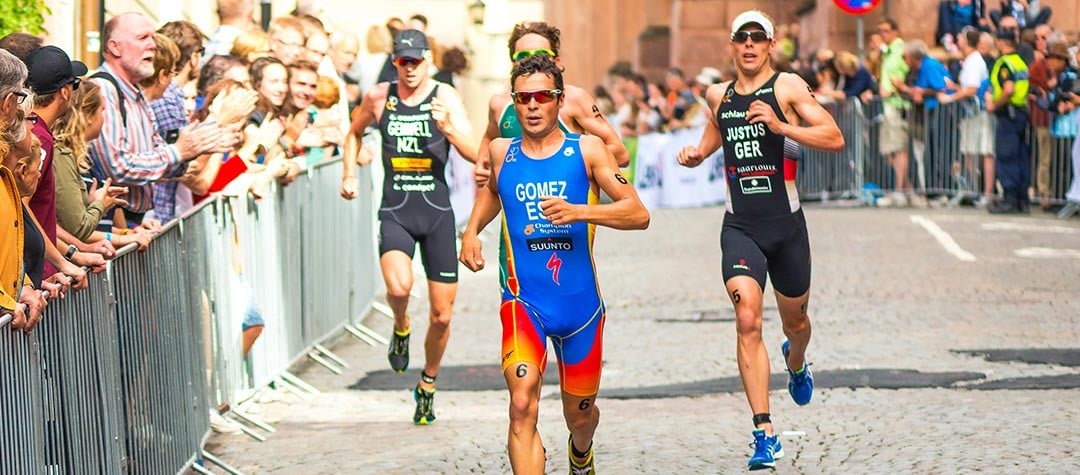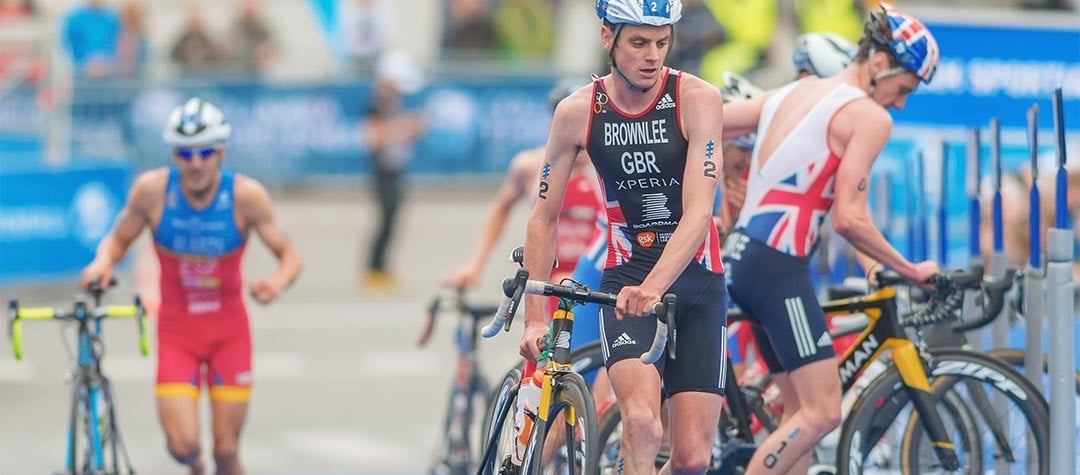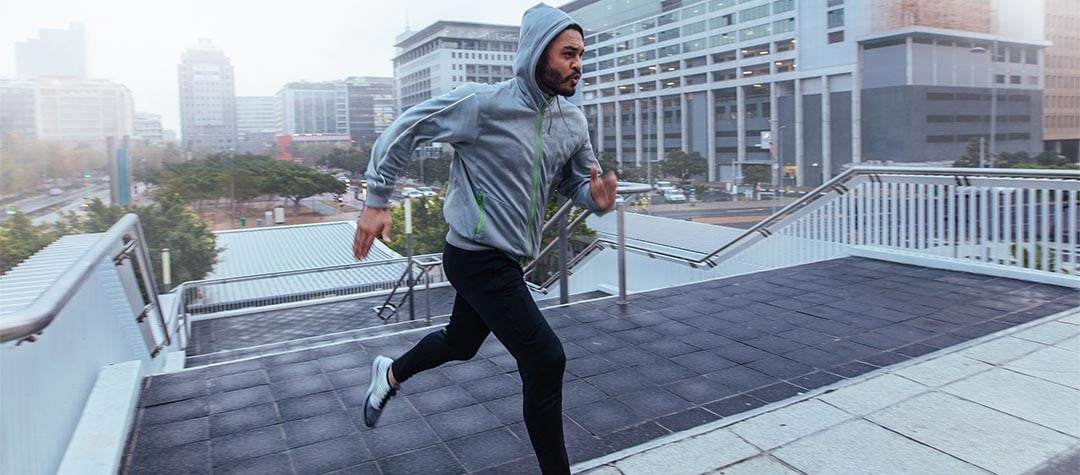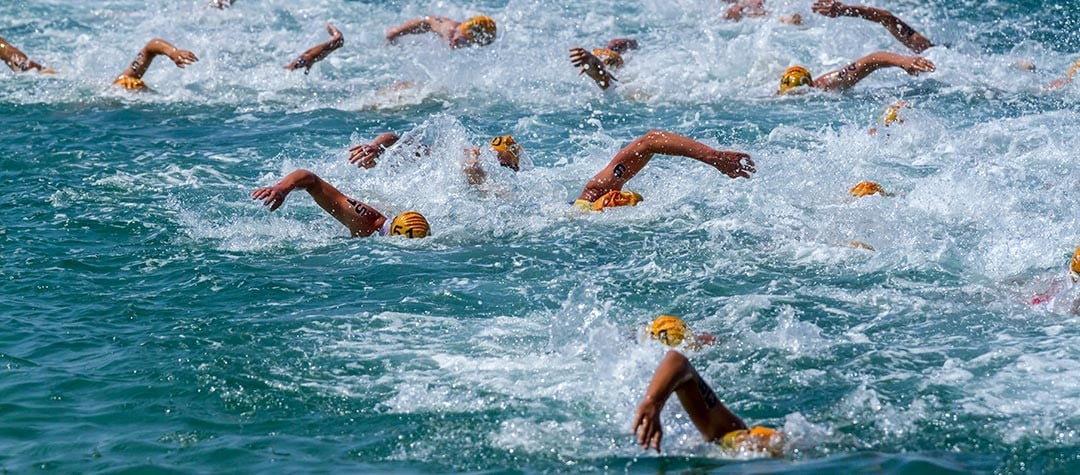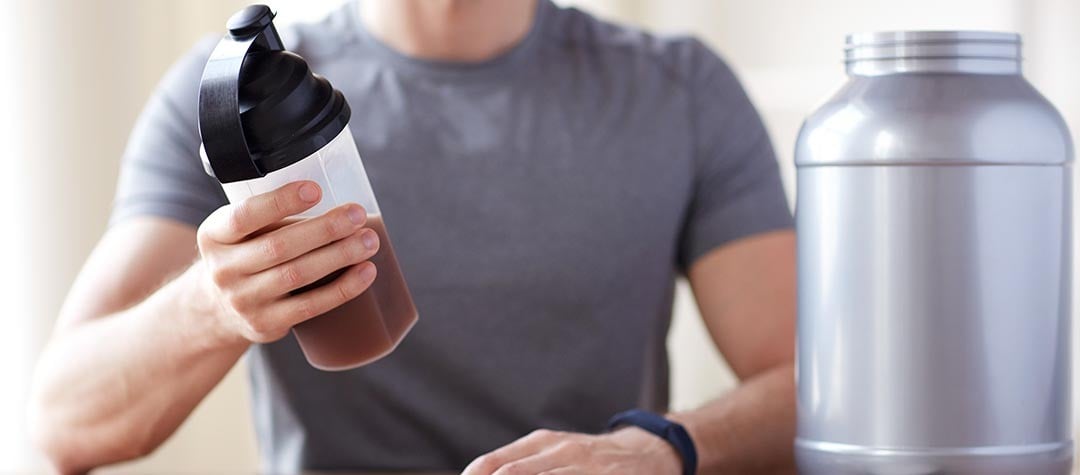Building your endurance doesn’t happen overnight. Will Clarke provides tips on how triathletes can improve their endurance and maintain it.
Building endurance takes time. In fact, it probably won’t increase quite as quickly as you might think it will, but the good thing is that it also doesn’t desert you as quickly either.
The sessions you do add up to make training days, the training days make weeks, and the weeks naturally add up to months and years. In the history of your sporting life your body remembers everything you have done and as you get older in the sport, it becomes easier to get back to that peak level of fitness as your base gets bigger.
Your body remembers everything you have done and as you get older in the sport, it becomes easier to get back to that peak level of fitness as your base gets bigger.
Improving your endurance comes from lots of hard work and dedication over a long period of time. There is no real secret, you just have to get out there and get amongst it!
Importance of consistent training
Firstly you have to be consistent with your training. Think of it as a long-term project and plan your training in blocks of work with a nice rest to provide some respite every now and then. Being a hero and doing huge days every so often and pulling up tired the next day will not help you anywhere near as much as a steady sustainable block of six days solid with one day of recovery.
The frequency of basic training is what will make you better. When you are ready to progress you either do a bigger effort in those days or you up the volume to do more in sessions, but that should happen slowly and steadily rather than a big increase.
Think about the intensity of training sessions
If you’re looking to build your endurance or your base fitness you should look to keep the intensity of the sessions down and under control. This will help you be able to train for longer and not end up tired and demotivated the next day. Over time you’ll find yourself getting more conditioned at the lower intensities and when that happens, you’ll be able to go faster for the same effort.
Stick to your plan on this, and when you do the standard weekend club sessions for example, and they start to push the pace too hard towards the end, try to conserve your energy and sit at the back or ride in a more aerodynamic position. Think of it as a win if you can keep up without killing yourself.
It’s also good practice for races because ideally you want to be able to push less power and go the same speed. If you’re worried about not getting the most out of yourself (and your partner doesn’t mind) you will have extra energy to go for an evening run.
Fuel your training
I mentioned before that consistency is the name of the game when building your endurance. To be consistent you need to be able to back up the hard days and to do that you need to keep yourself properly fuelled .
My advice on that is on your bike rides, try to eat a snack and drink around 500ml each hour. This will benefit you because you’ll hold off the dreaded food bonk so you’ll be stronger for longer on the bike.
Try to eat a snack and drink around 500ml each hour.
Crucially though you won’t be starving hungry when you get home therefore ruining any other session you had planned, plus the fact you’ll feel recovered the next day.
Strength and conditioning
My final tip is to factor in strength and conditioning into your programme not just from an injury prevention perspective but also for endurance. Working on your hips stability, glutes and core strength will enable you to hold your form for longer in all three disciplines and the longer you can do that, the longer you can hold off fatigue and loss of pace.

